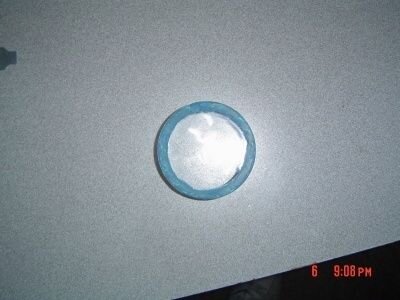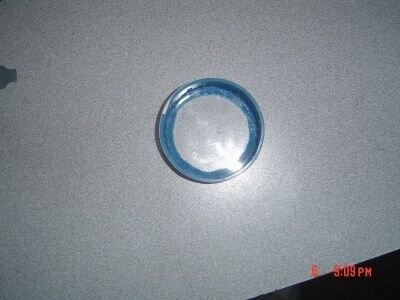I was reading in PSB's thread about modifying the lens cover on an LNB to try and coax a little more KU signal out of it.
I was wondering if the same idea would work on a Co-Roter II+? I went to the local lumber yard yesterday and they gave me a piece of clear plexiglass, and I brought it home and made one. (I happened to have a spare cap from an old polarotor here).
See these pics:

My questions are:
Has anyone tried this idea on a Co-rotor II?
Does it give better KU signal on a Co-rotor II?
What are the down sides, if any?
I already get pretty good KU SQ, but as PSB said "every little bit helps".
Thanks, Fred
I was wondering if the same idea would work on a Co-Roter II+? I went to the local lumber yard yesterday and they gave me a piece of clear plexiglass, and I brought it home and made one. (I happened to have a spare cap from an old polarotor here).
See these pics:


My questions are:
Has anyone tried this idea on a Co-rotor II?
Does it give better KU signal on a Co-rotor II?
What are the down sides, if any?
I already get pretty good KU SQ, but as PSB said "every little bit helps".
Thanks, Fred

